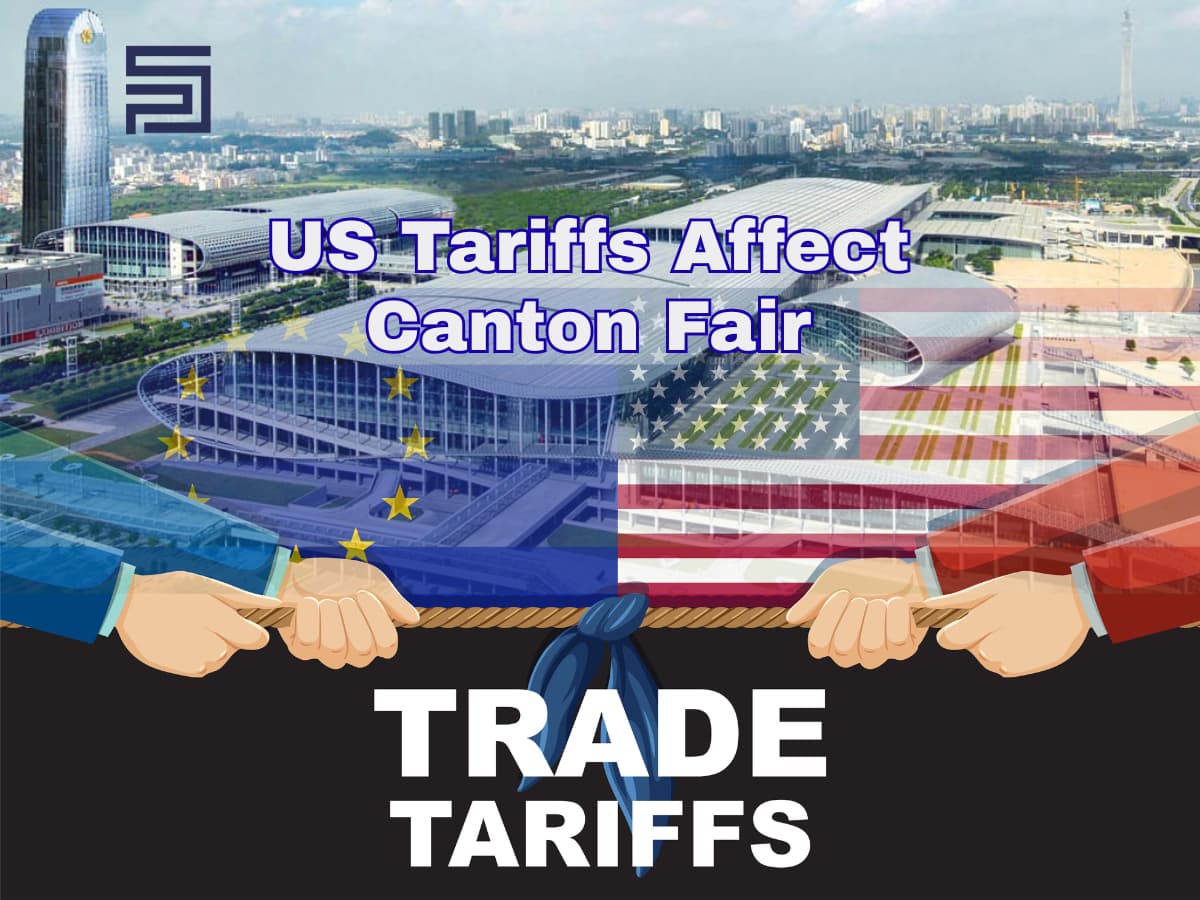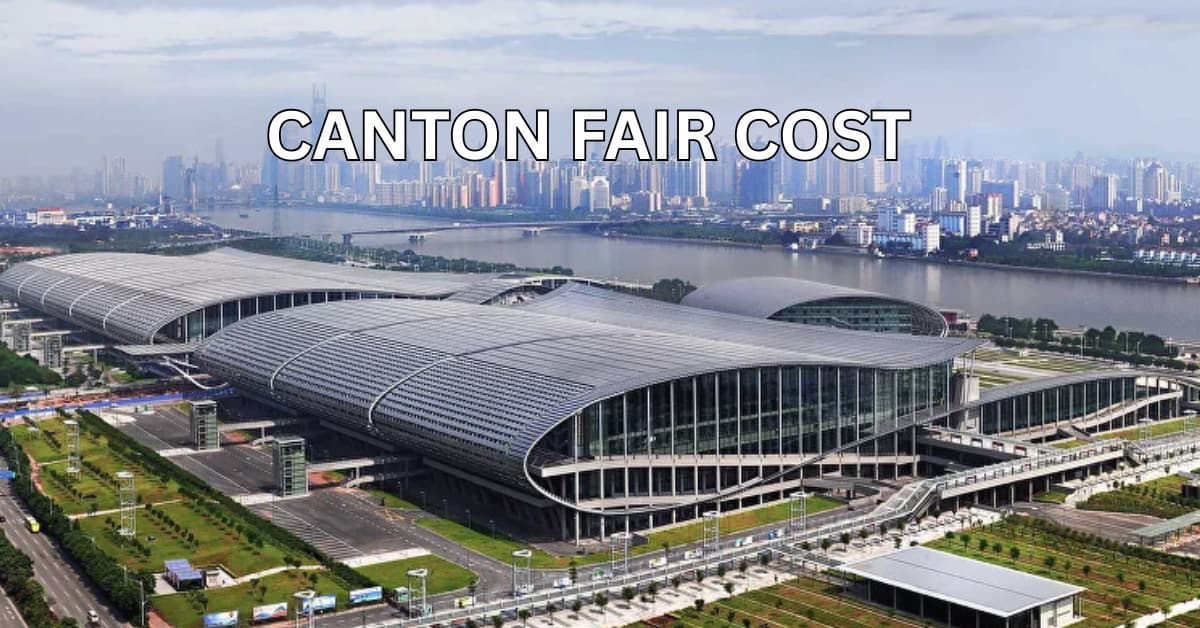Handling risks in procurement can be costly if not effectively managed. We say this from our extensive experience managing procurement for over a thousand businesses.
With so many moving parts in procurement activities, missing a simple detail has placed businesses in situations that negatively impact their supply chain.
However, situations like this can be avoided with good procurement risk management strategies. This article covers the common risks we've observed in our 20+ years of business experience and details the strategies we have developed to mitigate them.
We divide these procurement risks into 3 categories for easy navigation. Identify vulnerabilities in your business and learn how to address them effectively.
A. Supplier-related Risks
B. Contract-related Risks
C. Market Risks.
Since you're procuring goods from a supplier, you lack direct control over every aspect of their operations, increasing the potential for errors to occur during the procurement process. Some of these risks include:
1. Supplier Performance Issues:
In procurement risk management, one of the foremost challenges businesses or individuals face is poor supplier performance.
There are so many things a supplier can do that will affect your business operation. We have seen suppliers facing internal challenges, like production delays, that lead to delays in delivering goods to businesses, affecting their operations.
There are times when suppliers seem not to meet the agreed-upon contractual obligations you both signed, resulting in inconclusive legal disputes, financial losses, and disruptions in supply chains.
Your operation with a supplier might go well initially, but a few months later, you discover that they are not consistent in their performance, fluctuating between periods of satisfactory and unsatisfactory performance.
Although many of these errors/risks can not be controlled directly by you, there are things you can do to manage supplier-related risks. We cover this later in this article.
2. Supplier quality and reliability:
The quality of the goods you get from your suppliers mainly influences the quality of the products your customers get from you, so it's crucial for your supplies to be of high quality consistently.
But sometimes, this is difficult because of inconsistency in a supplier's performance. Today, your product specifications and standards are followed, but tomorrow, they aren't 100% complied with, resulting in numerous product defects.
Not all suppliers can be relied on to deliver their best at all times.
3. Supplier Capacity Constraints:
Growth in demand often leads to capacity constraints for suppliers, but not all suppliers have the required planning, funding, systems, staff, processes, technology, and partners to scale up to meet the increasing demand.
This could be a great risk to your business as the quality of the products you get from their manufacturing sector begins to drop gradually. You also begin to experience delays that weren’t occurring before.
This is a general risk experience when you depend solely on one supplier for your procurement needs. At Sara, we have a network of suppliers to contact when procuring goods for our clients. We can help you prevent this risk.
4. Supplier Ethical and Compliance Risks:
Every industry has laws, regulations, and standards that must be met. But how do you know or ensure that your supplier follows these rules?
Their violation of any regulation can significantly affect your business. A supplier could go out of business due to issues such as labor exploitation, human rights abuses, discrimination, bribery, corruption, fraud, or conflicts of interest.
This can negatively affect your brand reputation and integrity with the public, so you want to ensure this risk is managed and avoided.
5. Supplier Financial Stability:
A supplier's financial stability also places a potential procurement risk on your business.
Are your suppliers at the risk of bankruptcy?
Do your suppliers have enough cash flow to handle their financial obligations?
Are they heavily reliant on loans to sustain operations?
All these can be a source of risk to you, and you can prevent them.
1. Develop a Strong Supplier Relationship:
The cause of all procurement risks related to suppliers can be linked to one thing: poor communication and relationship with the suppliers.
Hence, one critical step in managing supplier risk in procurement is establishing a strong relationship with them.
Here is what you can do to achieve a good supplier relationship:
- Make communication and the flow of information easy. There are tools you can use for this.
- Involve suppliers in the planning process.
- Develop conflict resolution mechanisms to resolve disputes. Ensure they are handled professionally and promptly.
- Take the time to understand your suppliers' capabilities, processes, and challenges.
- Build trust through consistent interactions and adherence to agreements. Show them it matters to you.
- Honor payment terms and make timely payments to suppliers.
- Provide constructive feedback to suppliers on their performance.
- Invest in supplier development programs if you can.
2. Evaluate suppliers before selecting anyone:
Now that you know a supplier's possible loopholes that can be a risk to your business, use that knowledge to evaluate the suppliers available in the market before finalizing any contracts with them.
This way, you can avoid all possible risks from the beginning of the business transaction.
3. Diversify your Supplier:
One benefit our clients enjoy from working with us to procure their business needs is the wealth of supplier networks we have built in our 20+ years of experience managing procurement for businesses.
Depending on one supplier can be risky, and you know why now. Hence, it pays to diversify and have alternative sourcing options in place to keep your business operation running while the other supplier settles things out.
4. Conduct Supplier Risk Assessment:
Evaluating a supplier before selecting them is an essential first step, but it is something you need to do regularly.
You need this to ensure consistency in your product, operation, and business relationship with the supplier.
Regularly assess your suppliers and identify potential risks such as financial instability, quality issues, supply chain disruptions, compliance failures, and ethical concerns. If any is found, handle them professionally and promptly.
5. Supplier Performance Monitoring:
Another important strategy to implement when mitigating supplier risks in procurement is a robust performance monitoring mechanism.
Work with your suppliers to develop sets of metrics, KPIs, and SLAs that matter to the seamless operation of your supply chain and monitor these metrics in real-time, if possible.
There are technological tools you can use to monitor your entire procurement process. Identify one who can track what matters to you and go for it.
Aside from risks directly influenced by the supplier, there are procurement risks influenced by both you (or your team) and the supplier. Contract-related risks are under this category.
You and the supplier both agreed on some terms and developed the contract binding your relationship, but there are things that you could miss that could result in one of the following risks:
1. Contractual Disputes:
This is a common procurement risk faced by businesses that do not invest the necessary time to develop a good contract from the beginning.
Many things can lead to a dispute between a business owner and their supplier. Some of these include:
- Differences in interpretation, understanding, or application of contract terms
- Issues related to payment terms
- Ambiguities or inconsistencies in contract terms
- Issues related to legal or regulatory compliance and
- Breaches of contract.
Contractual disputes are risky because they can lead to operational delays, financial losses, and legal costs.
2. Non-Compliance with Contract Terms:
Is the legally binding contract adhered to by both your team and suppliers? Does everyone comply with it?
There is a 50 percent chance that the answer to this question is no, and that is risky as it can lead to many other contract-related risks for your business.
You are at risk when you or your supplier do not comply with delivery schedules, quality standards, payment terms, scope of work, and legal and regulatory requirements.
3. Scope Creep:
One contract killer in procurement is the gradual expansion or change in the scope of the work or product requirement while the supplier is working on settling your needs.
This is referred to as scope creep and can be caused when information communicated at the beginning of the procurement process is not documented in the contract, business needs evolve, or a stakeholder requests a change in scope.
This can impact your procurement timeline and resource allocation, often resulting in budget overruns for either the supplier or your business.
4. Vendor Lock-In:
We have seen many businesses fall victim to this. They get stuck in a long-term legal contract with a supplier that restricts their flexibility and innovation.
The risk mentioned here pertains to relying on a single supplier without the flexibility to switch suppliers, explore other alternatives, or adapt to evolving market dynamics.
While some suppliers may offer enticing benefits to lock you into a legal procurement contract, accepting such offers is risky.
5. Contract Termination Risks:
What happens when either you or your supplier wants to terminate the contract? How do you both go about it? How do you handle ongoing procurement projects at that moment? Is there going to be a refund?
Many businesses don't care about discussing and including this in their contracts, which makes them vulnerable to risk when contract termination arises.
1. Have Clear Contract Terms:
The goal here is clarity. You want to ensure that everything in the contract is clear to the supplier and your procurement team.
Have a special meeting over the contract and align your expectations, aiming for a win-win situation.
Clearly define each party's specific obligations, duties, and responsibilities, including [your procurement agent], throughout the contract lifecycle.
This helps mitigate misunderstandings, disputes, breaches, and uncertainties affecting your procurement process.
2. Have a Contingency plan:
Having a procurement contingency plan in your contract with your supplier is crucial to your relationship. This entails your exit strategies and transition plans to mitigate risks associated with contract termination.
This is the plan your business falls back to when there is a need to quit work with a supplier and move to another, and it helps mitigate all possible risks in this process.
3. Develop a Scope Validation Process:
Before procuring a goods or service, validate the scope or requirement of your procurement need. Evaluate your project objectives, business needs, and strategic goals with the necessary stakeholders and ensure you are taking the proper steps.
Once this is clear from the beginning, there won’t be a risk of scope creep occurring during the procurement process.
In cases where you really need to change the procurement scope, ensure you evaluate the impact of the change on timelines, resources, budgets, and project outcomes before approving scope revisions.
C. Market-Risks In Procurement
The volatility and uncertainty of the market for goods are the main market-related risks to procurement. Here are typical examples:
1. Price Fluctuations:
In today’s economy, the price of the commodities is never constant. Procurement, therefore, faces financial risk due to the fluctuation in the price of goods and services.
Changes in supply and demand levels, seasons, and other economic conditions like inflation cause price fluctuations. Although these causes seem to be out of your control, there are steps you can take to mitigate them. (We cover this later in the article.)
2. Regulatory Changes:
Several regulations guide the procurement of goods and services locally and internationally, and a change in any of these regulations can impact your business operation.
Changes in regulatory requirements, compliance standards, trade agreements, tariffs, customs duties, import-export regulations, environmental regulations, labor laws, or industry-specific regulations are sometimes inevitable. Hence, you need to mitigate their impact on your business.
3. Currency Exchange Risks:
It is no news that the foreign exchange rates for currencies are very volatile when dealing with global procurement.
As a procurement management agency, we also face this issue when helping our clients with cross-border procurement transactions. However, we discuss some steps we take to mitigate this below.
How To Manage Market Risks In Procurement
1. Implement a price hedging strategy:
One way to mitigate the various market risks in procurement is to develop an agreement with your supplier to buy a specific amount of goods at a set price, with delivery scheduled for a later date in the future.
This is called a price hedging strategy. You build a hedge against price fluctuations and other market volatility that can lead to financial risks.
When the scheduled date for the delivery of the goods comes, you don’t have to worry about whether the product's price has gone up or not; the supplier sticks to the agreed-upon price.
2. Diversify sourcing strategies:
Is your supplier in a country with a highly volatile currency exchange rate, or is the economic situation unsteady, affecting the procurement process?
Diversify!
Check out new geographic locations, seek new supplier networks, or leverage the diversity of a procurement service agency like SARA.
This is one of the best ways to navigate market uncertainties effectively.
3. Stay informed about market trends:
The more informed you are about what is happening, the less risky the market will be.
Enhance your business market intelligence capabilities by monitoring market trends, economic indicators, geopolitical developments, currency exchange rates, commodity prices, regulatory changes, and industry insights.
Considering the potential time constraints involved in keeping up with market trends and their impact on daily business operations, we advise delegating procurement tasks to experienced professionals who can effectively mitigate risks and streamline the process.
Our Recommended Solution To All Procurement Risk
Mitigating risk in your business procurement process is an ongoing process. You have to develop a system for monitoring and accessing every stage of the process and actively react to ease the risks explained in this article.
Doing all this can be time-consuming and inefficient if you or your team lack the required experience to manage procurement risks.
Employing the service of a procurement management agency is the best step to take in situations like this. With an agency like Sara, you have access to procurement experts with years of experience managing procurement.






Comments
Please log in to leave a comment.